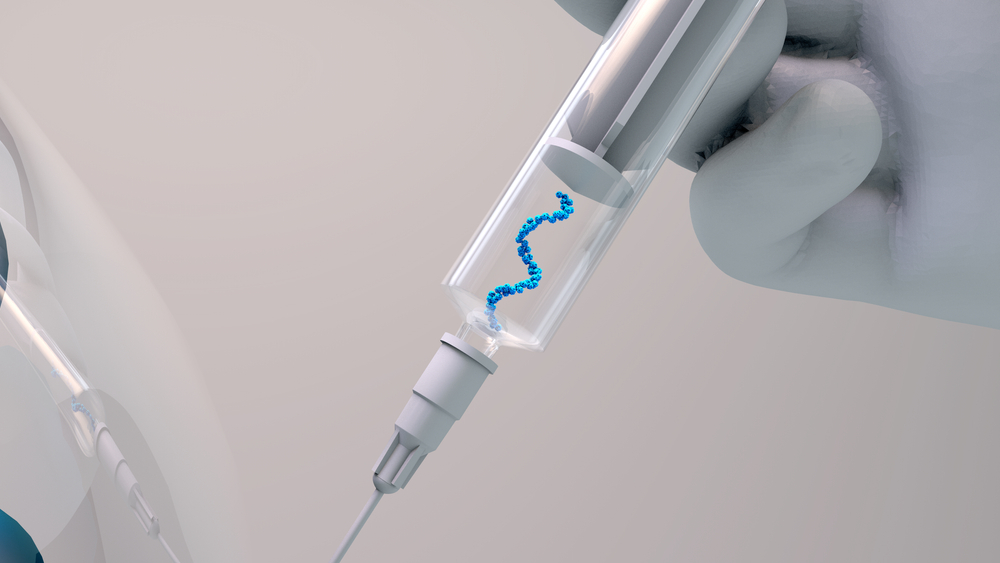By Venkata Indurthi, PhD, chief scientific officer, Aldevron
During the COVID-19 pandemic, the world turned to a previously unused vaccine technology to rapidly develop desperately needed vaccines, providing immunity to millions worldwide.
These new vaccines made use of the body’s natural translational machinery, which turns mRNA encoding the SARS-Cov2 spike protein into an antigen that allows the body to develop immune protection from the virus. These RNA vaccines became a crucial tool in the response to the COVID-19 pandemic because mRNA vaccine candidates can be developed faster than traditional vaccine candidates. While the pandemic demonstrated the utility of RNA vaccines and pushed the field into hyperdrive, there are five important innovations needed to maximize their potential and adapt RNA vaccines for use outside the pandemic.
Multivalent RNA
The first innovation needed to push RNA vaccines forward is to prioritize making them multivalent. This means that one vaccine is able to elicit immune responses that defend the body against multiple variants of the same virus. This would provide better coverage against existing and future variants of that virus, and allow multiple predicted variants to be targeted for immunization. With multivalent RNA vaccines, it would also be possible for a vaccine to immunize against multiple viruses – like SARS-Cov2, influenza, and RSV – in a single shot.
This would mean fewer booster shots, reducing the cost burden while boosting adherence.
Introducing AI
To determine which viral mutations should be targeted by RNA vaccines, AI tools need to be incorporated into the design process. AI or machine learning can be used to predict which viral mutations will be relevant and the immune responses they will elicit.
Using AI tools to help determine which mutations to target can improve vaccine coverage and significantly accelerate the development process.
Lower doses
In addition to using AI tools and making multivalent RNA vaccines, developing RNA vaccines that require lower doses also needs to be prioritized. Lowering the dosage needed for effective immunization would reduce the exposure to any potential impurities that can cause negative side effects or reduce the immune response. It would also allow the vaccine to be spread further, making it more accessible in less affluent countries.
One way to achieve this would be by using self-amplifying RNA (saRNA). Using saRNA reduces the amount of starting material needed, meaning that it can require 50-100-fold lower doses than mRNA vaccines.
Streamlining production and boosting stability
To further maximize the potential of RNA vaccines, emphasis needs to be put on streamlining production and improving vaccine stability. RNA vaccines are still costly to make; therefore, the production process needs to be further streamlined to reduce production times and make RNA vaccines more cost-effective.
Another way to make RNA vaccines cost-effective would be to make them more temperature stable. Current RNA vaccines need to be kept at very low temperatures during transport, making it costly and difficult to distribute. Upon arrival they are fridge-stable for up to 30 days after thawing, creating waste from doses not used during that time. RNA vaccines could be made more stable by playing with characteristics of the RNA molecule, like making it smaller or changing the untranslated regions that flank the antigen sequence.
Finding ways to make RNA vaccines more stable needs to be a priority, as achieving this would eliminate the need for cold chain infrastructure, reduce shipping costs, and remove distribution barriers.
Conclusion: innovations needed to maximize the potential of RNA vaccines
RNA vaccines have already proven to be a lifesaving tool during the COVID-19 pandemic. To maximize the impact of the next generation of RNA vaccines, we must prioritize making multivalent vaccines, using AI tools for design, decreasing vaccine dosage, streamlining production, and improving stability.
By prioritizing these five innovations, we can ensure that the next generation of RNA vaccines reach their potential and continue revolutionizing the infectious disease field—and ultimately, the future of public health.





